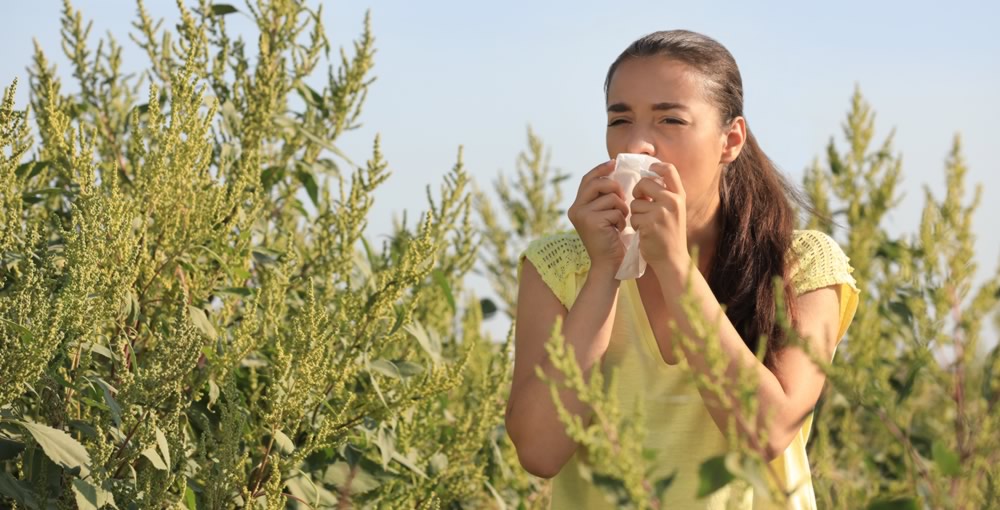Allergy sufferers get your nasal steroids ready, fall allergy season is upon us!
September 6, 2019

Yes, it’s still 100 degrees outside, but the weather will be changing, and allergy sufferers should prepare now.
If you know your highly allergic to ragweed and pigweed, take heed. Last year, the Asthma and Allergy Foundation of America (AAFA) ranked San Antonio as one of the top 5 Fall Allergy Capitals in the U.S.
According to the AAFA, ragweed pollen starts to appear in August and September. Other offending fall plants include pigweed, burning bush, cocklebur, sagebrush, mugwort, lamb’s-quarters, tumbleweed and Russian thistle.
“The best remedy for fall allergy sufferers is starting a nasal steroid 2 weeks prior to the allergy season starting,” said Dr. David Gude, Texas MedClinic Chief Medical Officer and practicing physician. “Nasal steroids act differently than antihistamines. They change the configuration of the “lock” on the first cell and thus prevent the cell from opening and discharging the histamine content.”
That means the sneezing, congestion, itchy/watery eyes don’t even get a chance to start.
“Steroid nasal sprays are not addicting and can be used in combination with antihistamines,” said Gude. “For moderate to severe allergies, when pollen counts are high, or if we forget the daily nasal steroid, we can benefit from using both approaches.”
Nasal flushing with saline rinse and a Neti pot is another effective treatment and preventive measure for allergy sufferers.
Antihistamines, nasal steroids and saline rinses can be found over-the-counter at a local pharmacy, eliminating the inconvenience or expense of visiting a physician.
To limit exposure to ragweed and pigweed:
- Limit outdoor activity.
- If outdoors, wear sunglasses and hats to limit exposure.
- Remove shoes before entering your home.
- Shower before bed to remove all pollens.
- Wash bedding in hot water weekly.
To learn more about how over-the-counter medications work to alleviate fall allergies visit: https://www.texasmedclinic.com/four-allergy-seasons-in-south-and-central-texas/




